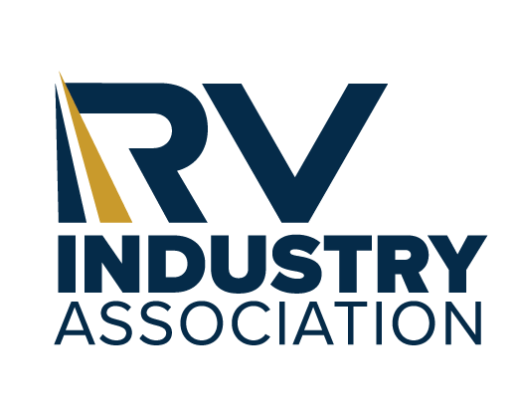
Events are critical for many industries. They allow for networking, entertainment, and furthering business and personal relationships. There’s little doubt that people will want to attend events again—big and small—but with COVID-19, event organizers will need to look at operations and logistics through a different lens.
While some solutions can be a logistical challenge or add expense, your goal should always be to hold a safe event for attendees and staff. Here are a few ideas for RV businesses planning upcoming events during this new age of social distancing to explore. Each business needs to determine the procedures appropriate for them:
- ATTENDEE COMMUNICATIONS
The most important factor in planning an in-person event is the most important factor in business, period—communication. It will be imperative for you to communicate all new event rules, precautions, procedures, and the like to prospective attendees. Additionally, ensure that your staff is prepared to answer questions in a timely fashion so that your attendees feel comfortable with the event.
- EXTEND DATES AND STAGGER ATTENDANCE OR CAP NUMBER OF ATTENDEES PERMITTED
More time would allow for a better spacing of attendees so overcrowding will be less likely to occur. Event organizers may also look to schedule attendees for alternating days or alternating morning and afternoon sessions to lower crowds. Another option is to cap the total number attendees, naturally lowering crowd density.
- PROVIDE RULES FOR BUSINESS ETIQUETTE
Consider enacting and communicating in advance a “no handshake” policy. The handshake is a classic part of our business culture, but health organizations advise against physical contact during contagious outbreaks such as COVID-19. More stringent rules would require attendees, exhibitors, and staff to wear masks and/or plastic gloves if social distancing measures couldn’t be maintained. Some states and localities have put in place their own requirements for face covering so it is imperative to check with the requirements for the location of your event.
- EVENT FLOOR LAYOUT – MAKING ADJUSTMENTS TO THE NORM
To promote social distancing, manage the flow of the event, and reduce bottleneck situations consider the following options:
Create larger aisles (from a standard 10’ aisle to 20-30’ aisles)
One-way aisles through exhibits
Exhibits at least 10’ apart
Encourage exhibitors to have enough room in displays for social distancing measures
6’ distance between attendees in registration areas
Floor markings and additional signage throughout event to remind attendees to stay vigilant
Use larger rooms for seminars, forums, presentations, and dining areas to accommodate additional distance between seats
- MEAL FUNCTIONS AND SOCIAL ACTIVITIES
Self-service food functions (buffets) may not be an option for the foreseeable future. Planners should look to space out seated attendees, require dining staff to wear protective gear, and have sanitation products readily available. Be aware changes to the norm will most likely increase your overall food and beverage costs.
One of the most common activities of in-person events is networking and socializing time. It is hard to imagine having the typical networking event as it would risk social distancing, crowd density, and food and beverage consumption issues. As an event organizer you may have to consider eliminating sanctioned networking functions in the near future. An additional option is to consider a virtual networking event to introduce potential new business partners as well as reconnect with established business associates.
- DISINFECTION AND SANITATION
Working with a venue that takes sanitation seriously is extremely important. Items to consider for the protection of all event participants include:
Meeting Room Cleaning – If you are holding more than one seminar in a room during the day, allow extra time in between sessions so venue staff may clean and disinfect properly. This would also include any audio-visual equipment being used.
Hotel Room Cleaning – If you are holding an event with a room block, be sure to ascertain each hotel’s disinfection/sanitation policy. Communicate this information to all event participants.
Hand Washing – Encourage of all attendees to practice proper handwashing and post signage throughout venue in all hand-washing areas.
Hand Sanitizing – Have hand sanitizer dispensers placed throughout venue at registration, entry points, on the exhibit floor, in meeting spaces, elevator landings, etc. Consider providing coronavirus care packages (hand sanitizer, tissues, masks) to attendees at registration.
Personal protection equipment (PPE) – Consider rules that would require masks for all attendees and exhibitors.
Sanitation Monitor – Identify a member of your team to check on hand sanitizer, identify restrooms that need to be cleaned, etc.
- HANDLING OF ATTENDEES WHO SHOW VIRUS SYMPTOMS
Have a plan and information available for attendees if someone begins to show symptoms or becomes sick. This is especially necessary for attendees who do not live in the area. Work with the venue and emergency services to establish procedures to help sick staff or participants exit the event as soon as possible, including separating them from others immediately in a defined space. Additionally, be sure to contact local public health officials regarding the possible case of COVID-19 at your event and how to communicate with staff and attendees about possible exposure to the virus.




